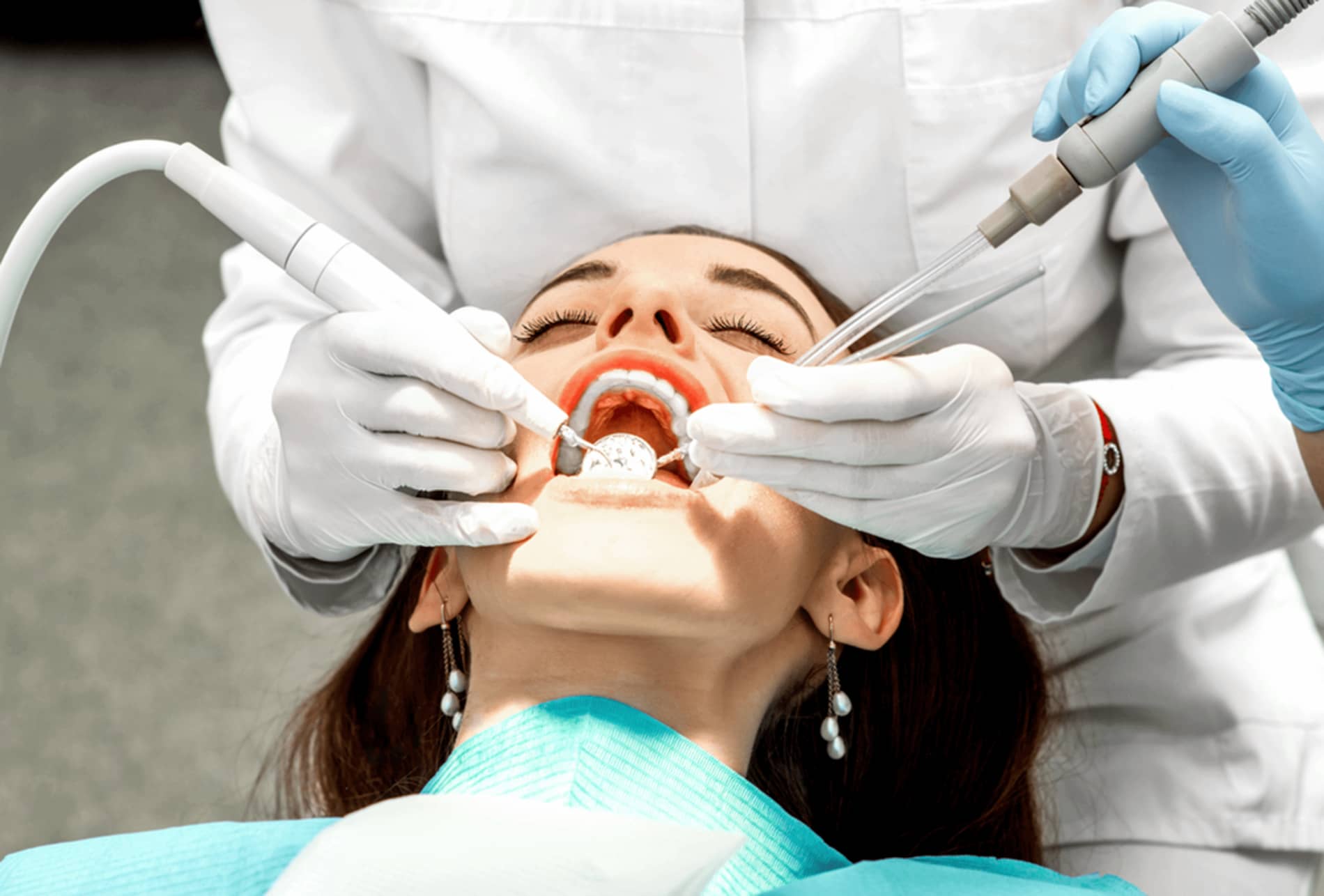For many individuals, visiting the dentist can evoke feelings of anxiety and fear, hindering the pursuit of essential oral health care. Sedation dentistry offers a practical solution, allowing patients to receive necessary dental treatments while remaining relaxed and comfortable. This approach utilizes various sedation techniques to alleviate anxiety, making dental procedures more approachable for those who might otherwise postpone or avoid them entirely.
In this article, we will explore the different types of sedation used in dental practices, the benefits they offer to patients, and what one can expect when undergoing sedation dentistry. By understanding the options available, patients can make informed decisions about their dental care and take an important step towards achieving optimal oral health in a stress-free environment.
Types of Sedation in Dentistry
There are several types of sedation commonly used in dental practices, each designed to meet the varying needs and anxiety levels of patients. The most widely used methods include nitrous oxide, oral sedation, and intravenous (IV) sedation. Nitrous oxide, often referred to as “laughing gas”, is inhaled and provides a light sedative effect that helps patients relax while remaining fully conscious. Oral sedation, on the other hand, involves taking a prescription medication before the appointment, which can lead to a deeper state of relaxation. For more complex procedures, IV sedation offers a higher level of sedation, allowing patients to drift in and out of sleep during treatment, making it an ideal choice for those with severe dental anxiety. For comprehensive options on sedation dentistry, visit a local Sedation Dentist Peoria AZ.

Benefits of Sedation Dentistry
The primary benefit of sedation dentistry is the heightened comfort it provides, allowing patients to undergo dental procedures without the overwhelming anxiety that often accompanies them. By utilizing sedation techniques, dentists can perform procedures more efficiently, reducing the time patients spend in the chair and helping them complete multiple treatments in a single visit. Additionally, for individuals with special needs or those who have difficulty sitting still, sedation dentistry can create a more manageable experience, ultimately encouraging better oral health maintenance. As patients become more comfortable with their dental visits, they are more likely to prioritize regular check-ups and preventive care, significantly impacting their long-term oral health.
Ultimately, sedation dentistry serves as a transformative approach for individuals grappling with dental anxiety, enabling them to receive essential care without distress. By offering various levels of sedation tailored to patient needs, it promotes a positive dental experience, fostering a newfound sense of confidence in attending appointments. This not only aids in addressing immediate dental concerns but also encourages long-term commitment to oral health, paving the way for healthier smiles and improved overall well-being. With sedation dentistry, patients can conquer their fears, allowing them to focus on achieving optimal dental health in a calm and supportive environment.



